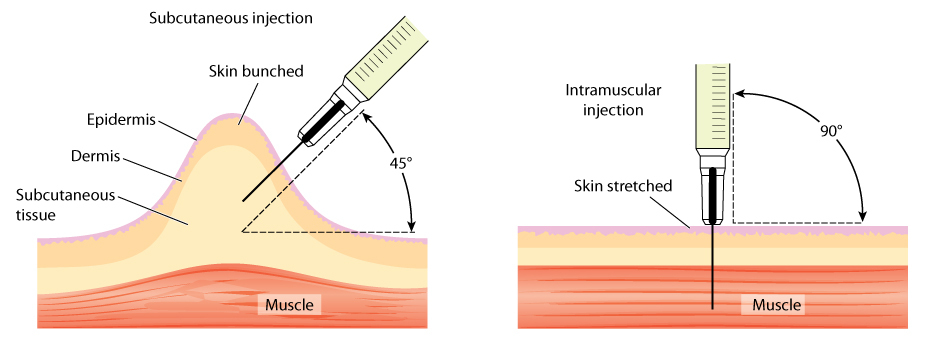Everything You Need to Know Before You Start Semaglutide

What is Semaglutide?
Semaglutide is a medication used to treat diabetes and obesity. It works by helping the body process insulin more easily, which in turn lowers blood sugar levels. This can help you feel full for longer periods. Semaglutide also helps retrain your brain to not feel compelled to clear your plate. The medication is injected into the subcutaneous tissue once a week and can be done at home with minimal discomfort.
What Does Semaglutide Feel Like?
Semaglutide has three main mechanisms of action. Slowing gastric emptying, increases insulin sensitivity and reduces compulsions. Semaglutide slows down the speed at which your stomach moves, making you feel fuller longer. This also can create nausea and constipation for some patients. Patients often need to change their diet on semaglutide. Smaller meals and not eating as fast can help patients lose weight on the medication. Shakes and smoothies also tend to be a favorite of patients on semaglutide.
The second mechanism involves increased beta cell production. These cells are responsible for insulin in our bodies. This means your body becomes more efficient at processing blood sugar by increasing insulin sensitivity. Semnaglutide reduces the urge for patients to clear their plates. Dr Jacob Weinstein DNP ACNP, or Dr Jake as his patients call him, referred to this as “leaving the clean plate club. Our parents, aunts, uncles and grandparents taught us to clear our plates growing up. It was a badge of honor to be in the clean plate club; however, it is an unhealthy habit and directly relates to obesity.” Patients who are on semaglutide for six or more months feel less compelled to eat everything on their plate, even after stopping the medication.
What Are Common Semaglutide Side Effects?
Semaglutide can cause side effects, such as nausea, constipation, tiredness, headaches, and fatigue. These can be managed with over-the-counter medication and sometimes prescription medications for nausea. It is important to be in touch with your provider regularly about any side effects your experience as it may be a sign of other medical issues. Nausea can be managed with medication like zofran, which dissolves under your tongue, and constipation is often treated with laxatives for relief.
How Do You Inject Semaglutide?
Semaglutide is a subcutaneous injection. If you use compounded semaglutide from a vial, follow the step below for injecting. Patients should be aware that the concentration of compounded semaglutide differs from one pharmacy to the next. Check with your local or telehealth provider about your dosing schedule.
- The medication must be kept in the fridge
- Never inject more than once a week
- Take Zofran and or Tums every 6 hours as needed for nausea
- Fast for 12-14 hours before injecting, and eat lightly the day before
- Avoid dairy the day before and the first few days after you inject
- Take a stool softener the day before if your bowels move slow
- Wipe the vial top with an alcohol pad, pull back the plunger to fill the syringe with air
- Turn the vial upside down, insert the needle and push the air into the vial
- Withdraw the desired dose – Place the vial back in the fridge!!
- Turn the vial right side up, so the needle is no longer in the liquid, and remove
- Exchange the needle for a new one. Warm up your meds! (room temp)
- Use your thumb and index finger and pinch the skin on your abdomen. Lift the skin away from your body. Wipe the area with an alcohol pad and remove the needle cap
- Poke the needle straight into the skin you are pinching at a 90-degree angle
- While keeping the skin pinched, slowly push the plunger on the syringe to push the medication into your subcutaneous tissue
- Once all medication goes in, you can stop pinching the skin and remove the needle
- Place the needle into the puncture-resistant container.

How To Start Semaglutide

Compounded semaglutide is available through telehealth or with your local provider. Patients interested in compounded semaglutide should contact their primary care provider or a weight loss specialist. The pricing varies; generally, compounded semaglutide will cost patients $200-$400 per month. This is dependent on the amount of medication they use each week. Patients should note that their dose of semaglutide will increase over several weeks or months.
If you are starting compounded semaglutide in powder form, check that you will receive bacteriostatic water. You will need this to mix with the powder before injecting the medicine.
If you are interested in starting compounded semaglutide, check with a local provider. Mobile Care Health offers compounded semaglutide delivered to you, teaches you how to inject, and providers who understand the medication. Get started today by texting “semaglutide” to 7193565410




